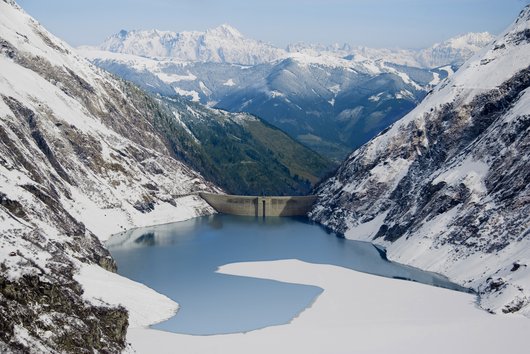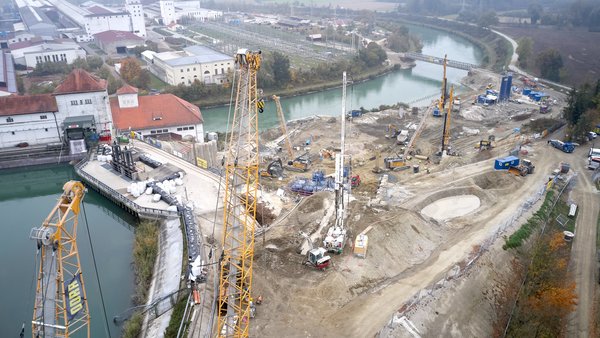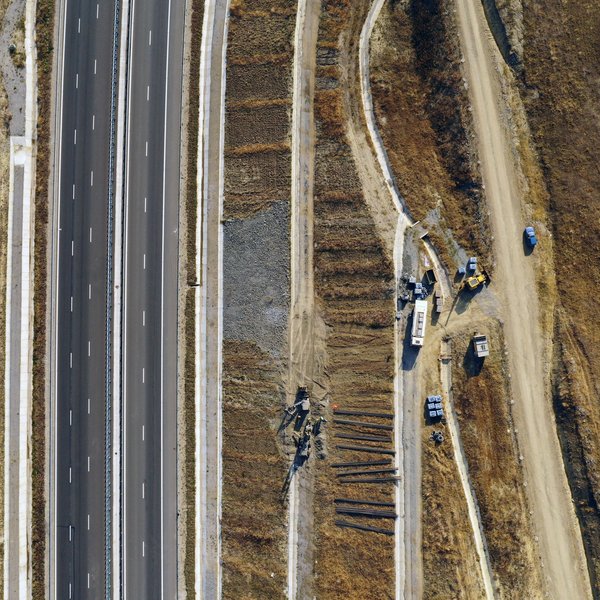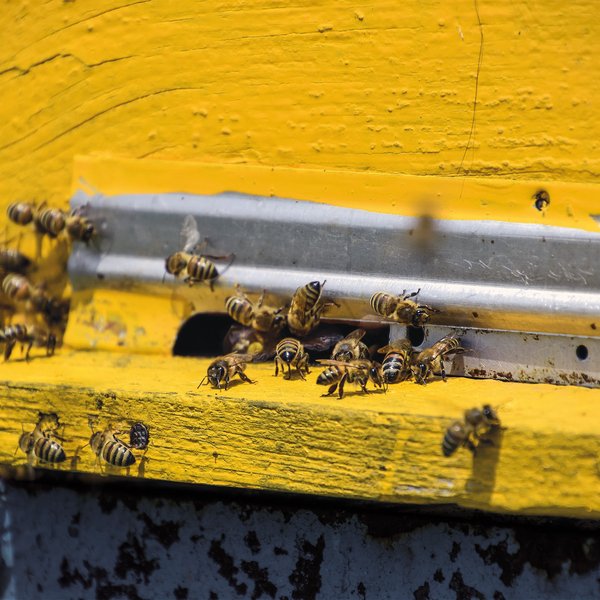![[Translate to Englisch:] (c) UBM Development [Translate to Englisch:] (c) UBM Development](/fileadmin/_processed_/3/9/csm_20190325btpa_mgr_th62_k06_day_prefinal01-2-scaled_864227496b.jpg)
Full steam ahead with hydropower
The mill clatters by the rushing brook. As it has for millennia. Hardly surprising, since hydropower is one of the oldest forms of electricity generation. Scientists believe people in China were using it some 5,000 years ago. Go back 3,500 years and we see waterwheels on the Nile, the Euphrates, and the Tigris. And the Ancient Greeks and Romans also fuelled their machinery using the power of water. Click clack, click clack, click clack.
Sustainable
Water is precious. Our quality of life and that of every future generation is tied to a responsible approach to this crucial resource. And even if the construction of any type of new power plant always attracts some criticism, hydropower undoubtedly has a lot going for it. It is one of the renewables. No CO2 emissions are generated from its operations. The dam structure also serves as a flood control measure. This type of power generation not only has a long history, it is also exceptionally sustainable and environmentally friendly.
This type of power generation not only has a long history, it is also exceptionally sustainable and environmentally friendly.
Progressive
Nine of the world’s ten largest power plants today are actually hydropower stations. There are two basic types of hydropower plant: in run-of-river power plants, the inflow above the weir and the outflow below the power plant are always the same during regular operation. This means that no water is stored for economic purposes. In contrast, pumped storage power plants are able to store the water from a watercourse and release it if more energy is needed.
In both types of hydropower station, the kinetic energy of the running water is transferred to a turbine that drives a generator, which in turn converts the mechanical energy into electrical energy. This principle hasn’t changed over the years. But, of course, the technology that makes such clean energy possible has certainly evolved.
Complex
With more than 150 years of expertise in this field, PORR makes a real difference to sustainable energy supply. Our specialists handle complex power plant projects from the design through to the build and develop solutions that are profitable and, above all, sustainable. For customers. For people. For generations.
Töging-Jettenbach power station replacement
In Töging, Germany, PORR replaced a power plant that was almost 100 years old with a new build. Take a look behind the fencing: detailed info on the project is available here.
Pump-storage power station Obervermunt II
PORR built the Obervermunt II pumped storage power station in Montafon, Austria, between the existing reservoirs of Silvretta und Vermunt. Construction sites high in the mountains are always a challenge – one that requires the right knowhow and a lot of experience. PORR realises every plant with the greatest possible consideration for the natural surroundings and ecological balance. All the technical details can be found here.
Limberg II pumped storage power plant
The Limberg II pumped storage power plant provides fine control to the grid and can operate in part-load ranges. It was built by PORR beside the existing Glockner-Kaprun plant. Read more here.


Did you know ...
- … that at the end of the 18th century there were already more than 500,000 watermills in Europe?
- … that the electrodynamic generator was invented by Werner von Siemens? Back in 1866. The German engineer’s innovation made it possible to transform hydropower into electricity.
- … that the first hydroelectric power system was used in 1880 in Northumberland, England. It powered a lamp at a country house in the village of Cragside.



